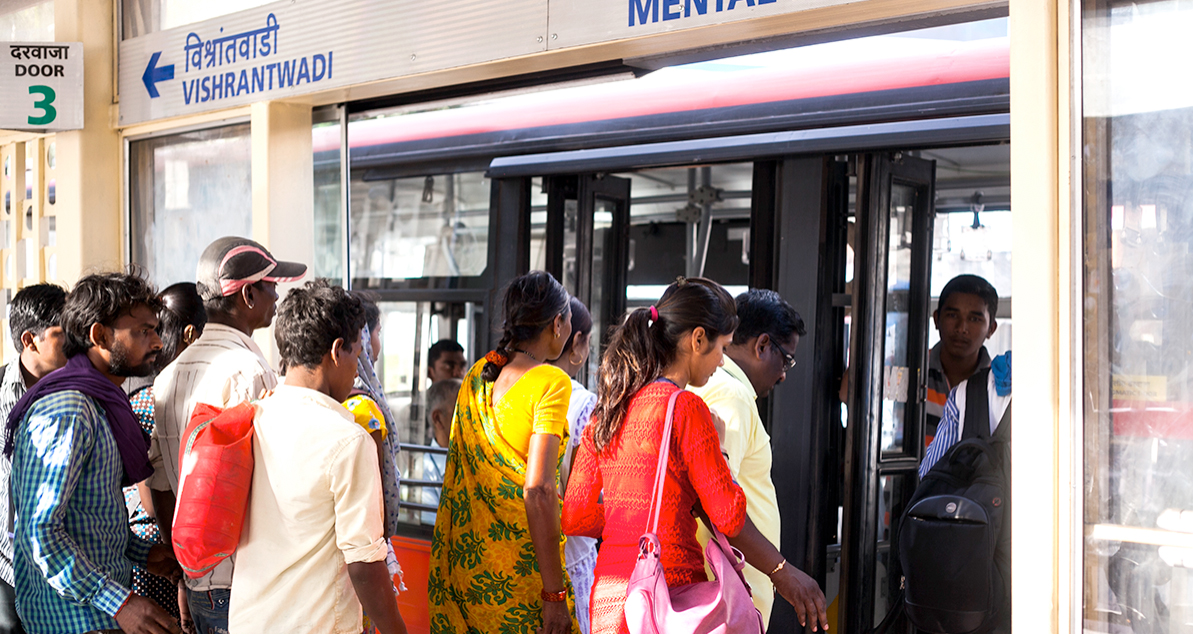India’s economic growth stands to benefit significantly, with a potential 27% increase in GDP, by enhancing women’s participation in the labour force—a fact highlighted by the World Economic Forum (WEF). Despite the increasing number of women joining the Indian workforce, various socio-economic challenges hinder their progress. Studies across Indian cities underscore the persistent issue of harassment that women face during their daily commutes, impeding their professional and personal pursuits.

One significant hurdle in dismantling these barriers is mobility. The struggle to ensure safe, convenient, and affordable mobility for women has become an impediment to their progress. To address these challenges and amplify the voices of women, we actively engage with relevant stakeholders, driving public discourse on the subject.
What We Do
The policy brief titled ‘Women and Transport in Indian Cities’, developed in partnership with ITDP, Safetipin and UN Women, has illuminated critical issues like safety, comfort, convenience, and affordability that restrict women’s mobility. By proposing actionable policy reforms, this initiative resonated with international circles, providing a platform to advocate for Indian women’s transportation concerns.

Our primary objective is to weave sustainable, accessible, and secure urban transportation into the fabric of Indian cities and societies. Recognizing that women’s mobility is a pivotal force for driving positive change, we are committed to making a transformative impact on this vital aspect of societal progress.
We also conduct safety audits and create gender-centric design guidelines to support these endeavors. In partnership with Safetipin and Janki Devi Memorial College (JDMC), we conducted safety audits within a 10-minute walking radius of 16 bus terminals in Delhi.











